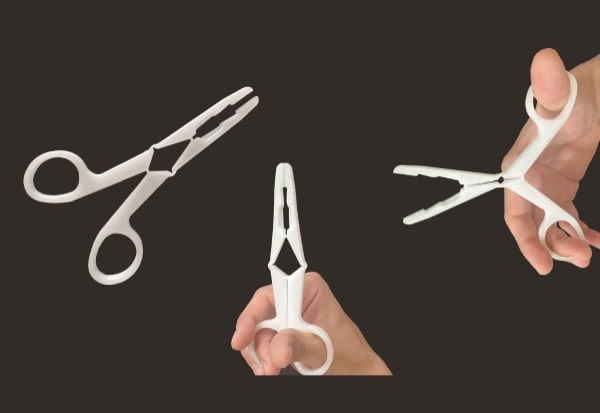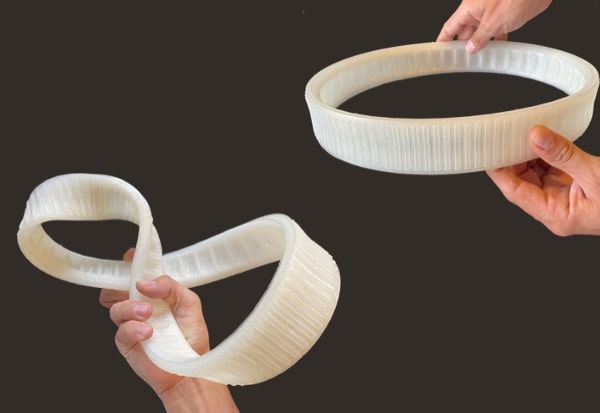
Fillers and reinforcing agents
From natural to high-performance fillers.
A filler is an inert, mineral or vegetable substance added to a basic polymer, making it possible to modify the mechanical, electrical, thermal properties, the surface appearance or to reduce the cost of a material.
The choice of a filler is determined according to the properties sought and must meet a certain number of constraints:
- Compatibility with the matrix: non-toxicity, absence of discolouration or annoying impurities, chemical neutrality and inertia, heat and light stability, low water absorption, no influence on the stability of the polymer or its color.
- Wettability: good distribution of the powders in the polymer matrix or adhesion of the fibers to the base resin.
- Uniformity of quality and grain size.
- Weak abrasive action on the processing tool.
- Cost price related to the application.
Fillers improve many properties that the polymeric material does not have or cannot achieve on its own. They allow in particular to obtain one or more of the following effects:
- increased rigidity and hardness;
- regularization of thermal expansion and shrinkage;
- increase in thermal resistance;
- decrease in creep;
- modification of the rheological properties (flow, thixotropy);
- easier implementation;
- modification of appearance (opacity, color, texture).
To allow their incorporation, the fillers require several chemical and physical characteristics.
In fact, the fillers must not react chemically with the matrix, the adjuvants and the stabilizers. Also, it is necessary to take into consideration, the color and the refractive index, the density, the rate of volatile matter, the dimensions of the particles, the Mohs hardness and the dispersibility.
Generally, spherical fillers have a weak interfacial action with the polymer matrix and behave like inert extenders, which replace by mass effect a certain volume of the polymer.
Thus, cheap powders and flours have an economic interest. These fillers reduce the cost of the molding operation, decrease shrinkage, sometimes improve the mechanical strength of the material (especially in compression).
On the contrary, the fibrous fillers give rise to a significant interaction between their surface and the polymer matrix, and therefore play (with the exception of plant fibers) the role of reinforcement of the plastic material. They improve the breaking strength, increase the rigidity and ensure better conservation of these properties at high temperature.
They are often called reinforcing fillers or reinforcing agents.
Mineral fillers often improve dielectric properties, increase resistance to heat and humidity, increase the density of the molding material and decrease shrinkage.
Let’s dive into the possibilities offered by PAM
From pellets to object, PAM technology offers the most direct process to high performances end-parts.
Metals Ceramics Commodity Elastomers Performance High Performance.










